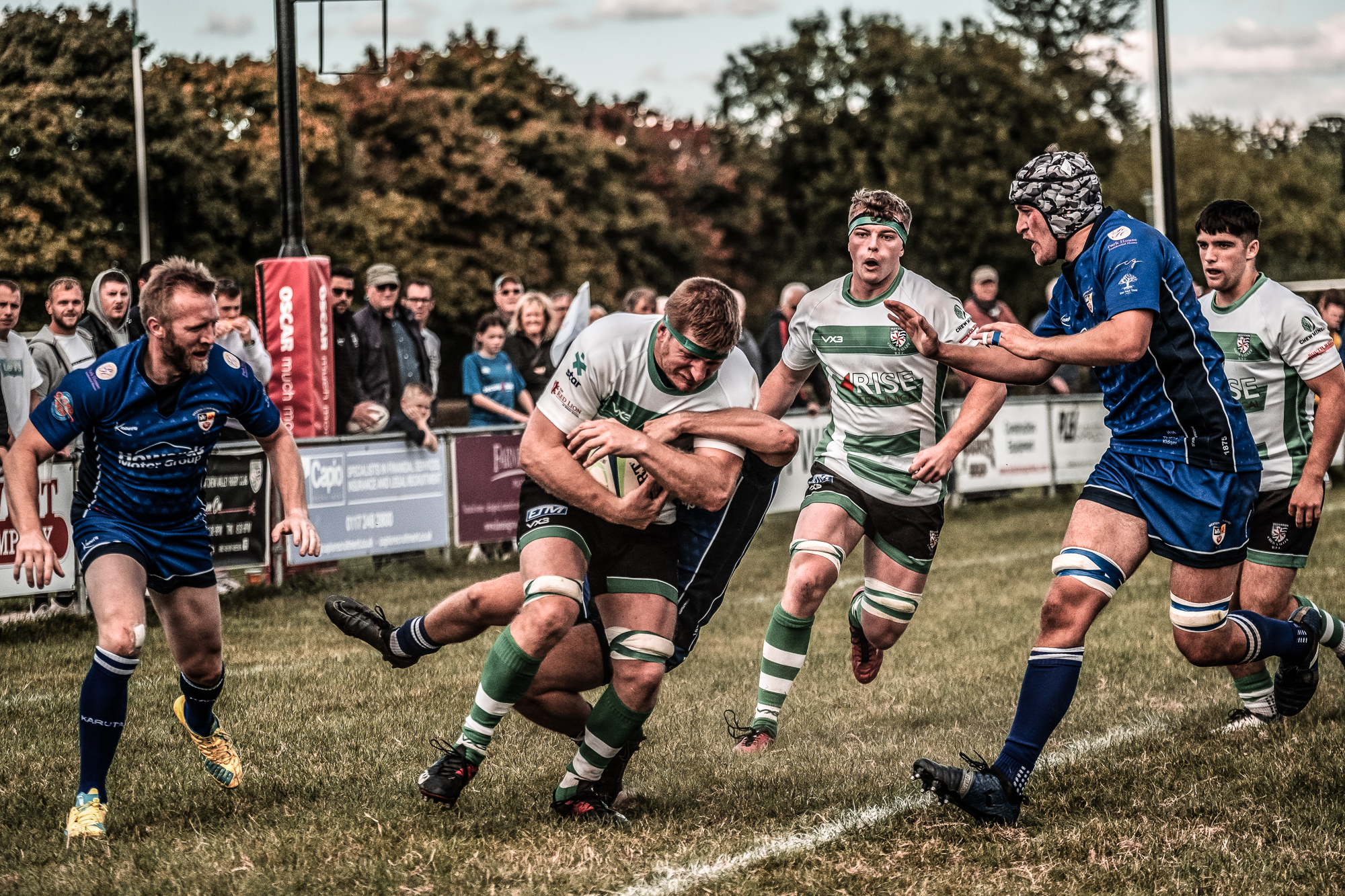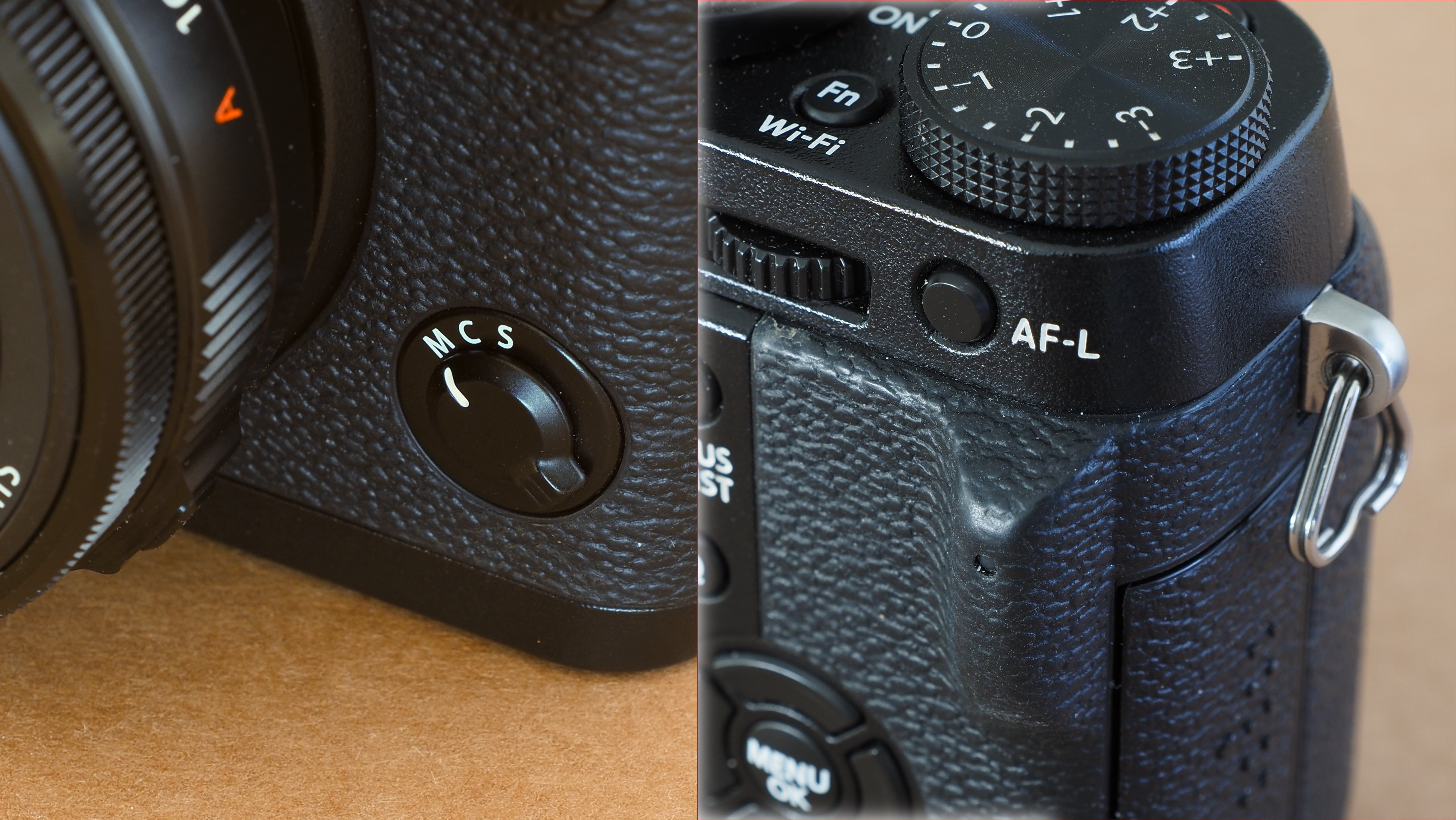
So-called ‘back button’ focusing is usually associated with sports photography. Countless pro photographers swear by it as a way of separating the autofocus and shutter release so that both can do their job properly. Some of the best cameras for sports photography have these AF-ON buttons.
But I don’t shoot a whole lot of sports, mainly landscape, travel and architecture, so what possible relevance could it have to me?
Quite a lot, as it happens.
We take it for granted these days that every shot starts with autofocus. It’s that split-second delay while the camera finds what to focus on and then focuses. Obviously that’s what we want it to do, right?
But if you haven’t moved and the subject hasn’t moved, why focus again? And while nine times out of ten the camera will get it right and re-focus correctly, even in those nine out of ten times, you still have to wait for that fraction of a second while it checks.

Cameras do so many things for each and every shot that often they don’t need to – or it’s better if they don’t. Do you use auto white balance? The camera may decide on different temperature and tint settings from one shot to the next depending on how you frame it. Do you use auto exposure? Then you don’t mind the camera changing the exposure all the time just because you framed a shot with more of a window in it, or more of the sky.
Very often the camera will check and change stuff it didn’t need to, and focus is one of those things.
It’s easy to configure your camera for back button focusing. The hard part is adjusting your reflexes to overcome years of habit.
Essentially, back button focusing detaches the autofocus from the shutter release and assigns it to a button on the back of the camera. Many more advanced cameras like the Nikon D800 shown at the top of this article have a dedicated AF-ON button for this, but on others you can usually re-assign the AE-L/AF-L button to do the same job. AF-ON buttons are a standard fixture on the best professional cameras.
Now, when you press the shutter release, the camera doesn’t focus, it just takes the picture. If you want to focus, you have to use the button on the back of the camera.

So what’s the point of that? Well, it means that once you’ve worked out where the correct point of focus is for where you’re standing and where your subject is, you don’t have to keep changing it. And if your subject is moving you just switch to C-AF mode for continuous autofocus and keep the button pressed.
The beauty of it is that you don’t have that infinitesimal delay before the exposure and you don’t have that constant distraction of the AF indicator flitting about the frame and wondering whether it’s in the right place and whether you’ve heard the ‘beep’ yet. You can focus with the back button and wait for your moment, knowing your focus is nailed and you can get the shot with no AF delay.
It’s great for travel and street photography when you need to wait for people to get out of the way or grab a shot in an instant (and far less conspicuously) and it’s great in landscape photography – the camera’s on a tripod, the mountains aren’t going anywhere, so why do you need to keep refocusing?
The benefits of back button focusing have become obvious to me very quickly. What’s not so obvious is how I train myself out of years of old habits!







